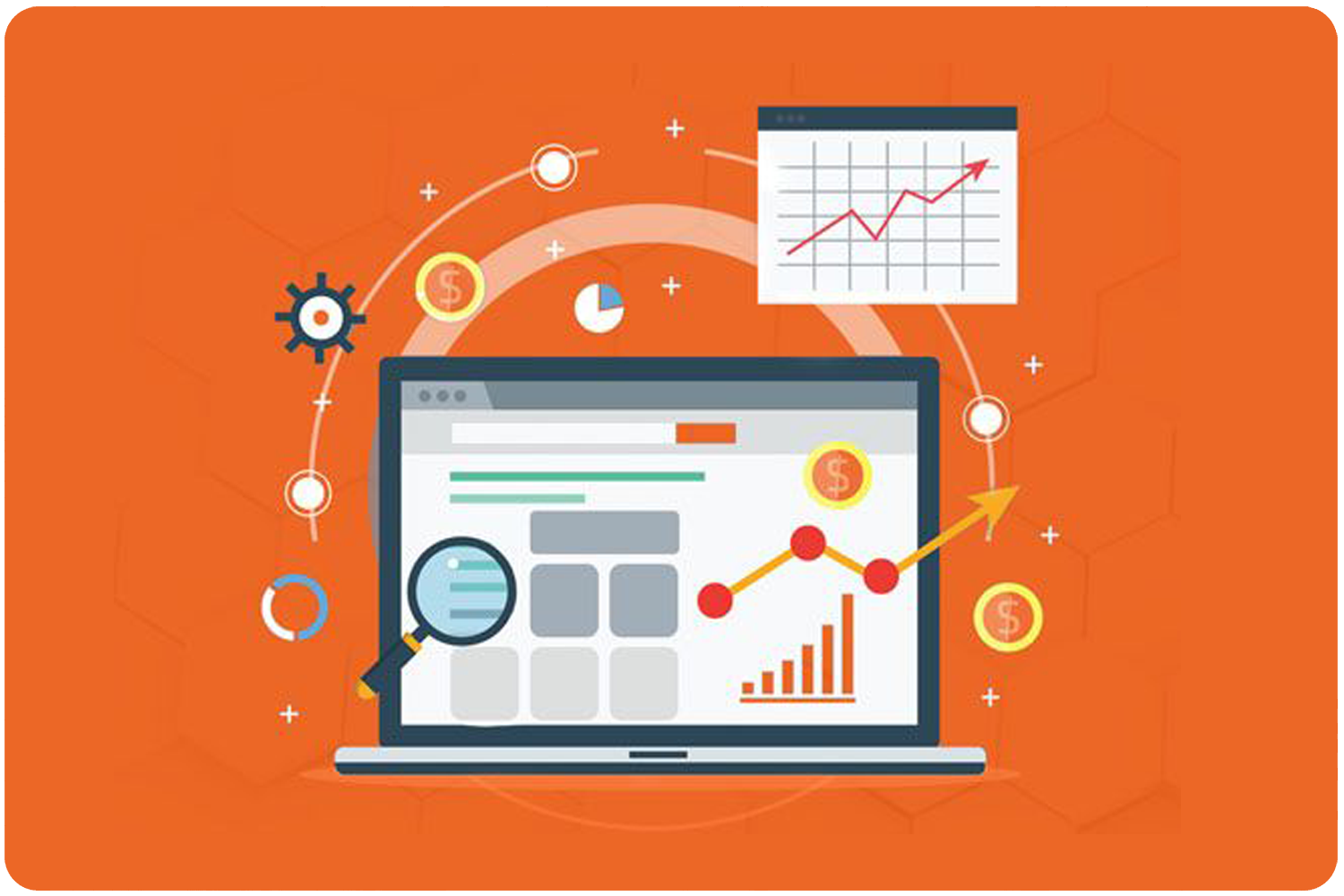If you are using enterprise resource planning (ERP) software, then you already know some benefits that come from combining multiple business processes into a single interface. Integrating your ERP into your e-commerce website takes those benefits to yet another level. In this post, we’ll tell you what is involved in making that integration and the options available to help you. Let’s first take a step back though, for anyone who isn’t currently using ERP, and explain what it is and why a business might want to use it.

Is ERP Necessary?
ERP was traditionally only used by large companies, but in the modern e-commerce world, medium-sized businesses can sell globally and compete with the largest of companies. With that global reach comes many of the challenges that larger companies use ERP to solve. As a result, we are seeing more and more mid-sized companies adopt ERP software.
With disparate systems in place and no means to connect them, humans must manually enter inventory, order, and shipping data to allow the output of one of those programs to feed the input of another. This takes a long time, and is prone to error. ERP software syncs those disparate systems for you, saving you on labour costs and eliminated costly errors. Let’s take a look at some ways this can help your business.
More Profitable Inventory Management
A lot of money can be left on the table due to poor inventory management. Purchasing too much inventory leaves valuable capital sitting on shelves gathering dust. Purchasing too little means missing out on sales. Out-of-sync inventory means unhappy customers when they are allowed to purchase a product that isn’t actually in inventory and are told it’s back ordered after they’ve placed the order. Real-time inventory, provided by ERP, helps you plan your purchases better and move products faster.
Simplified Ordering
Without your systems connected, a new customer in your e-commerce software needs to be manually transferred over to invoicing, shipping, or accounting software before the sale can move forward. Changes a customer makes to their information need to be kept track of, and all the systems need to be kept in sync.
Increased Website Functionality
Real-time inventory is one addition to the functionality of your website that we’ve already mentioned, but there are more opportunities to improve the experience of your site visitors when you integrate ERP with it. Because your order and shipping information will now be connected to the website, customers will be able to quickly check the status of their order and see where it’s at in the shipping process without any additional input from you.
Better Customer Support
A hidden benefit of all this increased website functionality is that, by enabling your customers to do more for themselves, you are freeing up time your support staff would otherwise have to spend helping them. With this extra time, they’ll be able to more effectively help the customers whose problems are not easily solved. Whether they are getting answers quicker because of your website’s new self-service features, or because of the renewed effectiveness of your support staff, you’ll end up with more satisfied customers.
More Transparent Finances
Your financial reports are only as good as the data that drives them. When you combine your ERP with your e-commerce website, you are also combining the databases of those two systems. This means more data to feed your financial reports and a more accurate, finer grained look at your finances. With these new and improved reports, you’ll be able to make more informed decisions about your business.
What Challenges Does Integration Bring?
The best case scenario of a poor integration of your ERP with your e-commerce site is that you’ll be leaving money on the table due to a sub-optimal integration. The worst case scenario is that bugs in the integration will have negative effects on your business. The best case scenario isn’t good, but the worst case scenario is potential disastrous, which is why it’s important to understand the challenges you’ll be facing when you decide to integrate ERP into your website.
Defining Goals
The quickest, but least flexible option is to use existing connectors to bridge your two systems. Magento, like all good e-commerce platforms, offers a marketplace filled with third-party tools that can help you extend the platform in all sorts of ways. Assuming the e-commerce platform is well-supported by third-party providers, you’ll be able to find connectors in the marketplace for most of the popular ERP systems.
In-house Custom Integration
These out-of-the-box third-party connectors will only take you so far, however. At some point, your business will be large enough that you’ll need custom integration in order to extract the maximum possible value out of the many disparate systems that you are using. A quality e-commerce platform will provide your developers with an extensive and powerful set of APIs so that they can easily connect your systems with your website.
Outsourced Integration
to have an in-house labour force that can handle the job. Even companies with large IT staff can benefit from letting experts in ERP integration handle the integration. Platforms like Magento have certified professionals who are guaranteed to know to avoid the pitfalls and extract the maximum potential from the platform. Choosing one to help you will ensure that you get the most for your money.
Regardless of the method you use, it’s important that you don’t treat ERP integration as a quick job. A good ERP system can fundamentally change the way your e-commerce website operates. It’s worth it to take the time to decide what you need out of it, consult with experts who can guide you as to the capabilities of the software, and make sure that you treat it as the long-term investment in your business that it is.
Conclusion
As you’ve seen, integrating your ERP and e-commerce website can bring with it a host of benefits. In order to maximize those benefits though, you need someone handling the integration who has the knowledge to fully take advantage of all that Magento has to offer. Mage Montreal’s team of experts are highly skilled in Magento and ready to help your business take its E-commerce operation to the next level. Our services include Magento web development, Magento 1 to Magento 2 migrations, Amazon and SAP integration, conversion rate optimization using A/B testing and abandoned cart recovery, Magento website audit, and more. Whether you need a new integration or work done on your Magento site, we invite you to contact us and let our knowledgeable staff tell you how we can help you become an e-commerce success story.
Interested in our content?
Subscribe to our newsletter to get notified when we release a new podcast episode or new blog post.
At Mage Montreal, we strive to offer our clients affordable, top-notch services that are tailored to their individual needs. Our team of certified Magento developers are experienced and devoted to helping our clients accomplish their goals. Get in touch with us today to learn more about how our services can benefit your online business.
